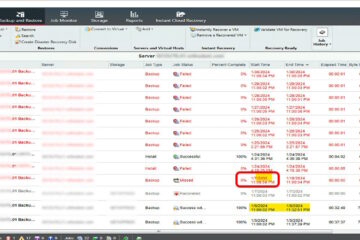In 2020 we compared several video stabiliztion tools including Filmora and NCH Videopad and settled on NCH Videopad as the best solution.
1: Free Video Stabilization with NCH Videopad:
A few days ago we revisited the stabilization options as we had more video to correct and we found that NCH had updated Videopad by moving the stabilization options. As such we created an updated new video which you can see here.
However, we also found that NCH was just using the free “Deshaker” plugin for Virtualdub which is completely open source so we decided to dig into that.
2: Free Video Stabilization with Virtualdub:
A quick bit of background may help here. Virtualdub was written by a student in the early 2000’s and made available for free. It has not had a major update in more than a decade but it is very popular, completely free and still looks like a solid tool.
Why Use Virtualdub if Videopad Works?
Even though NCH Videopad does a great job and is easy to use we went through the process with Virtualdub, because we found that Videopad’s stabilization is only available for free for 30 days. After that, it requires the Pro version which is not free.
Virtualdub Video Stabilization Download & Instruction
Virtualdub stabilization requires an add-in and so does it’s ability to use MP4 source files. As such you can download and assemble this yourself, or you can download the complete Virtualdub MP4 stabilizer package we have HERE (still free, no advertising and no spyware).
Simply unzip that file and you are good to go. It is standalone software without an installer.
Then you need to install XVID codec which you can do for free directly from Xvid HERE.
Then just go into your Virtualdub folder and launch VEEBUB64.EXE and follow these steps:
- ADD SOURCE: Drag your source file (in my case an .MP4 from my Samsung Gallaxy S9 cell phone) into main window
- SET ZOOM: Right click on it and set ZOOM to something you like (in my case 50%) then right click on the preview window (on the right) and do the same thing so you can see what is going on.
- TURN ON DESHAKER: Click VIDEO (menu) > FILTERS > ADD (button) > DESHAKER v3.1 L OK (button) then click OK on the FILTER DESHAKER window and the FILTERS WINDOW
- RUN DESHAKER ANALYSIS: Click FILE (menu) > RUN VIDEO ANALYSIS PASS. This will take a few minutes to complete
- SET DESHAKER CONFIGURATION: Click VIDEO (menu) > FILTERS > double click on DESHAKER > click PASS 2 (button) > USE PREVIOUS AND FUTURE FRAMES TO FILL IN BOARDERS (checkbox) > OK (button) > OK (button)
- SET COMPRESSION: Click VIDEO (menu) > COMPRESSION > XVID MPEG-4 CODEC > OK (button)
- STABILIZE YOUR VIDEO: Click FILE (menu) > SAVE AS .AVI and name your new file that will have the deshaker video stabilization applied
- Enjoy your cleaned up video



0 Comments